50 Things You Should Do Every Year to Prepare for an Emergency
Emergencies can strike anytime, and being prepared can make all the difference. A little preparation can go a long way, whether a natural disaster, power outage, or personal crisis. Here are 50 things you should do yearly to help you stay ready for whatever comes your way. I use these tips every year, and so should you, if you can! We must prepare for an emergency.
This is a fairly lengthy list, but the bullet items don’t all have to be done in one day. Some are better done in the cooler weather and others when the sun is out and you can access your yard. We always change the batteries to our smoke alarms on New Year’s Day each year and have the extra batteries ready to go. If you’re getting your home ready for cold and windy winter weather, you probably want to do that when you’re warm and can complete the job.
The key is to put together your own emergency preparation plan, and these ideas will help you get organized so you can do that. Then, follow through and practice, adjust, and add or delete items as your family circumstances change.
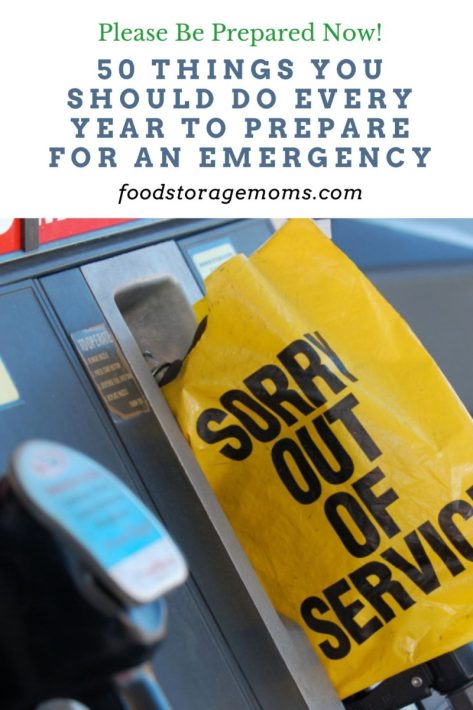
How To Prepare for An Emergency
1. Review Your Emergency Plan
Dust off your emergency plan and make sure it’s still relevant. Update contact information and make adjustments based on changes in your household or area. Away From Home Emergency Plan For Kids Climate change has prompted new weather patterns, so what was “normal” in the past may have changed. You need to be flexible and make the changes so you stay on top of things. As your kids grow older or you have new family members join the household, that requires you to adjust plans to accommodate their unique needs.
2. Update Emergency Contacts
Ensure that all your emergency contacts are current. Add any new friends, family, or neighbors who could help in a crisis. 20 Things Every Emergency Prepper Must Do Each Easter It doesn’t hurt to have others you may need to reach out to, like your banker, insurance agent, doctor, dentist, attorney, etc.
3. Conduct a Home Safety Audit
Check your home for potential hazards. Look for loose wires, unstable furniture, and other dangers that could become problematic during an emergency.
4. Check Smoke Alarms
Test all smoke alarms and carbon monoxide detectors to ensure they work. Replace batteries if necessary. Smoke Alarms As mentioned above, we change out the batteries annually just to make sure they are all functioning.
5. Refresh Your First Aid Kit
Go through your first aid kit and replace any expired or used items. Make sure it includes essentials like bandages, antiseptics, and medications. Check those expiration dates, particularly if you have over-the-counter or prescriptions in the kit. It’s also wise to make sure the first aid kit has some masks. They can be the type commonly used during the recent pandemic, but also dust masks in case of severe wind storms or tornadoes.
I have written some extensive posts about first aid, first aid kits, and the suggested training needed to make sure you’re ready to use what’s included.
6. Practice Fire Drills
Hold a fire drill with your family. Ensure everyone knows the fastest and safest way to exit your home in a fire. If you have a two-story home or one with a basement, be sure to consider how those living in those spaces can get out. Do you have fire safety ladders for upstairs bedrooms and can you lift the window well grates for basement window access?
7. Review Evacuation Routes
Familiarize yourself with local evacuation routes. Know the quickest way out of your neighborhood and to designated safe areas. Stay alert to any changes in street access or construction projects that can affect the free flow of traffic.
8. Update Insurance Policies
Review your home, health, and auto insurance policies. Make sure they cover potential emergencies and natural disasters relevant to your area. If you’ve made significant changes or additions to your home or property, make sure the coverage limits have been adjusted to cover or replace items damaged or destroyed.
9. Organize Important Documents
Keep copies of essential documents, like birth certificates, deeds, passports, medical records, and insurance papers, in a waterproof and fireproof container. Family Documents: What You Need
Check out my recent post where I provide some helpful and free printables. Also, check out my important document binder so you have a safe and organized tool to keep copies of important documents up-to-date and accessible.
10. Back Up Digital Files
Regularly back up critical digital files to a secure cloud service or an external hard drive. There are some handy backup systems available now and they aren’t very expensive. Consider a UPS (uninterruptible power supply) so you can work on your laptop or PC for a reasonable time. Having your electronics protected by quality power surge protectors is money well spent.
11. Rotate Emergency Food Supplies
Check your emergency food stash for expiration dates and replace items as needed. Include non-perishables like canned goods and dried foods. Tips for Understanding How to Rotate Foods Make sure you know where your can opener is, and have a spare just in case.
12. Refresh Water Supplies
Store at least a three-day water supply for each person in your household. Replace stored water every six months if you’ve used bleach to treat the water. If you’ve used a product like Water Preserver, you should be able to go as long as five years before you have to rotate the water. How to Make Hot Water in an Emergency CDC Water Storage
A standard with many government agencies is to have one gallon of water per person per day. I’ve always suggested four gallons of water per person per day to cover things like hydration, cooking, personal hygiene, and limited laundry sanitation tasks during the emergency.
Having extra water in storage is vital, but I also suggest you consider a water filtration system from Big Berkey or PortaWell. They have excellent filters in their systems that provide the ability to filter water from local water sources. Big Berkey filters using a gravity system, while PortaWell uses an electric pump system that provides more volume. They have battery-powered systems and solar panel accessories to run the pump if your power goes out.
13. Check Your Emergency Kit
Ensure your emergency disaster supplies kit is fully stocked with flashlights, batteries, blankets, and multi-tools. Even in warmer climates, having a clean and dry warm blanket available if you get wet and once you’re in a dry place, can make a real difference.
14. Plan for Pets
Ensure you have a plan for your pets, including pet food, water, a leash, and any medications they need. What to do With Your Pets in an Emergency
15. Update Emergency Savings
Add to your emergency savings fund. Aim to have enough to cover three to six months of expenses. Again, you don’t need to do this all at once, and I don’t ever suggest you go into debt to accomplish this goal. Each year you can add incrementally so you achieve your financial goal over a span of time. Just be self-disciplined enough to add something each year, or during the year.
You can also purchase traveler’s checks to hold in you home safe. They are readily accepted at retailers and gas stations. Remember, ATMs may not be working in an emergency.
16. Create a Communication Plan
Develop a plan for staying in touch with loved ones during an emergency. Include options for phone, text, and social media. Have a phone charger for your cell phones and get some solar panels as charging resources. Walkie-talkies can be very handy for local communications, but have limited transmission capabilities over a long distance.
17. Learn Basic First Aid
Take a first aid and CPR course. Refresh your knowledge annually to stay prepared. First Aid Kits-What You Need To Survive New techniques come out from time to time. Remember when we were taught to use mouth-to-mouth procedures if someone isn’t breathing. It seems that CPR is more commonly taught these days, or a combination of both.
18. Review Local Resources
Familiarize yourself with local resources like shelters, hospitals, and community centers that can assist in an emergency.
19. Maintain Your Vehicle
Keep your car in good working condition. Regularly check oil, tires, and brakes. Keep an emergency kit in the trunk. Using Your Vehicle as a Tool for Prepping I also recommend you keep your fuel tank above 1/2 full at all times. You don’t want to be caught in a long line at the gas station when you’ve been told by local authorities to evacuate from the area.
20. Stock Up on Essentials
Keep a good supply of essentials like toiletries, medications, and cleaning supplies. You never know when a crisis might hit. We often take for granted having a supply of toilet paper, paper towels, plastic or paper cups, utensils, garbage bags, and moist towelettes.
21. Conduct Home Maintenance
Regularly inspect and maintain your home to prevent water leaks, drafty doors and windows, or electrical problems that could worsen during an emergency. We can’t all afford a full fledged power generator, but we can prevent air from escaping the home.
22. Prepare for Power Outages
Consider having backup power solutions like generators or solar chargers. Stock up on candles and batteries. Power Grid Failure: What You Will Need
23. Identify Safe Spots
Know the safest spots in your home for emergencies, like earthquakes or tornadoes.
24. Monitor Weather Alerts
Sign up for local weather alerts to stay informed about potential emergencies in your city. I have a hand-crank radio so I can listen to weather alerts even when the power is out. I like having a NOAA (National Oceanic & Atmospheric Administration) functioning radio so I can stay up to date on weather conditions.
25. Know Your Neighbors
Build a network with your neighbors. They can be a crucial resource during an emergency. Neighbors-It’s Critical We Get To Know Them
26. Practice Shelter-in-Place
Hold a drill for sheltering in place. Know how to seal your home to protect against external hazards. Pandemic: What You Need To Shelter In Place
27. Learn to Shut Off Utilities
Know how to turn off your home’s gas, water, and electricity. This can prevent further damage or risk of fire during an emergency. Note that you may have to have your local utility come and turn on and re-light certain natural gas appliances once the emergency has passed, including your furnace.
28. Invest in Durable Gear
Purchase high-quality emergency gear that withstands harsh conditions, like sturdy boots and waterproof clothing. Plan to have at least one complete change of clothing for each family member. I’d also suggest you include a long-sleeved shirt and long pants to protect from the weather and possible small flying debris.
29. Plan for Unique Needs
If anyone in your household has unique needs, ensure you have a plan to accommodate them during an emergency. That includes diapers, infant formula, special medications, etc.
30. Stay Informed
Keep up with news and updates about potential risks in your area. Being informed helps you react quickly.
31. Secure Heavy or Exposed Items
Anchor heavy furniture and appliances to prevent them from tipping over during an earthquake or other disruptions. Tie down patio or porch furniture, or bring them inside your garage for protection. When we lived in one home we almost lost a trampoline in a heavy windstorm. On another occasion, we had a patio/pool umbrella picked up and carried to the local hillside during a heavy storm.
32. Install Surge Protectors
Protect your electronics from power surges with surge protectors. That is a small price to pay to prevent damage during power outages.
33. Keep Cash on Hand
Have a small stash of cash in case ATMs and credit card machines are down during an emergency. Cash vs. Credit Card: Which is Better in an Emergency?
34. Plan for Communications
Have a backup plan for communication, such as walkie-talkies or a satellite phone. Communication Options for Your Family During a Disaster
35. Maintain Your Property
Trim trees and clear gutters to prevent damage from storms and heavy rains. 20 Ways to Step Up Security Measures Around Your Property
36. Know Emergency Numbers
Memorize or keep a list of emergency numbers, including local fire, police, and medical services. 15 Emergency Numbers You Need
37. Test Emergency Plans
Hold regular drills to test and refine your emergency plans. Practice makes perfect. Why Location Matters in Emergency Prepping
38. Stay Physically Fit
Maintaining good health can help you handle the physical demands of an emergency. Fitness for Survival
39. Stock Up on Medications
Ensure you have an adequate supply of any prescription medications and over-the-counter drugs. 20 Effective Ways to Alleviate Pain Without Medication
40. Plan for Child Care
If you have kids, have a plan for their care in case you’re unable to get home from work, retrieve them from school, or otherwise be with them during an emergency. That’s another reason to have a neighborhood network you can rely on.
41. Know Your Area’s Risks
Be aware of the specific risks in your area, whether it’s earthquakes, floods, or hurricanes and make appropriate plans accordingly.
42. Use Technology
Use apps and other technology to provide real-time information and help during an emergency. A World Without Technology: A Glimpse into the Unplugged Life
43. Have a Meeting Place
Establish a meeting place for your family in case you get separated during an emergency. Safety Tips for Preppers: Ensuring Preparedness in Any Situation
44. Create a Grab-and-Go Bag
Prepare a bag with essentials that you can grab quickly if you need to evacuate. Should You Bug In or Bug Out? What to Know Some people call these 72-hour kits. You can put needed items in a dufflebag, backpack, or other portable case that works. Each family member should have one based on their unique needs.
45. Review Financial Preparedness
Ensure your finances are in order. This includes accessing critical financial documents and securing your assets during a crisis.
46. Get Involved
Join a local emergency preparedness group or volunteer organization. Community involvement can provide valuable support during emergencies. We took a Community Emergency Response Team (CERT) class when we lived in Southern Utah. It was informative, fun, and a great way to get close to your neighbors.
47. Teach Your Kids
Educate your children about emergency preparedness in a way that is appropriate for their age. 9 Necessary Survival Skills For Kids: It’s Never Too Young to Learn
48. Plan for Long-Term Disruptions
Think about long-term emergencies and plan accordingly. This could include food preservation methods or alternative power sources.
49. Stay Calm and Positive
Mental preparedness is just as important. Practice staying calm and positive to handle emergencies better. How to Stay Positive in Difficult Situations
50. Reevaluate Annually
Finally, make a habit of reevaluating your entire emergency preparedness plan every year. Adjust as needed to stay ready for anything.
Final Word
When you take these steps, you’ll be well-prepared to handle emergencies confidently. Remember, it’s all about staying ready! I try to help give everyone I know this information, so if you want to share it with friends and family, please do. May God Bless this World, Linda
Copyright Images: Be Prepared AdobeStock_241998441 By Polarpx, Fuel Shortage AdobeStock_1717606 By Ken Mellott

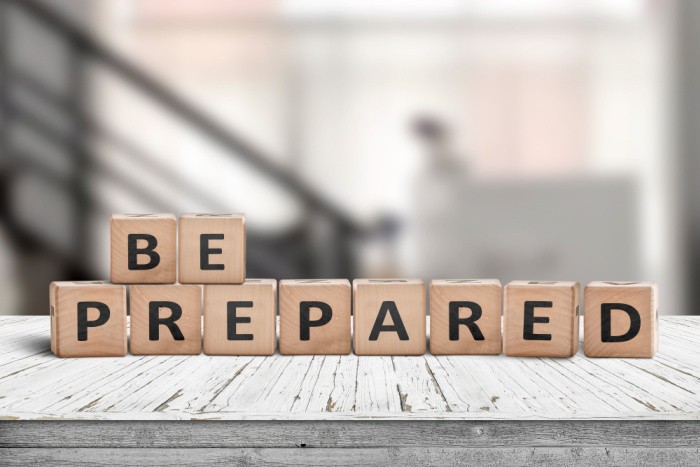

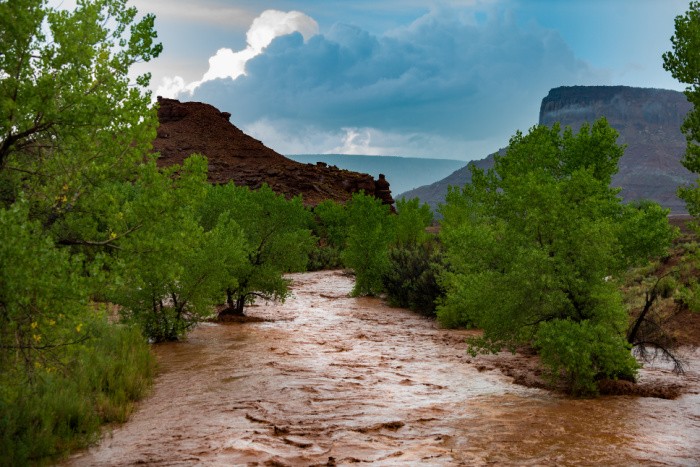


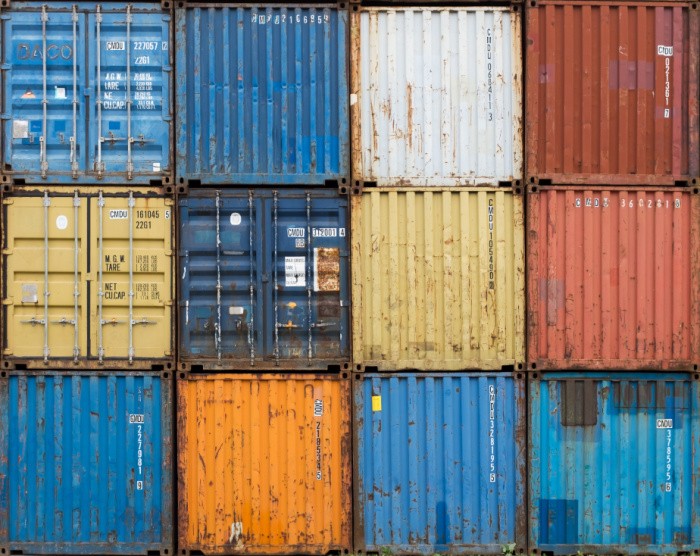
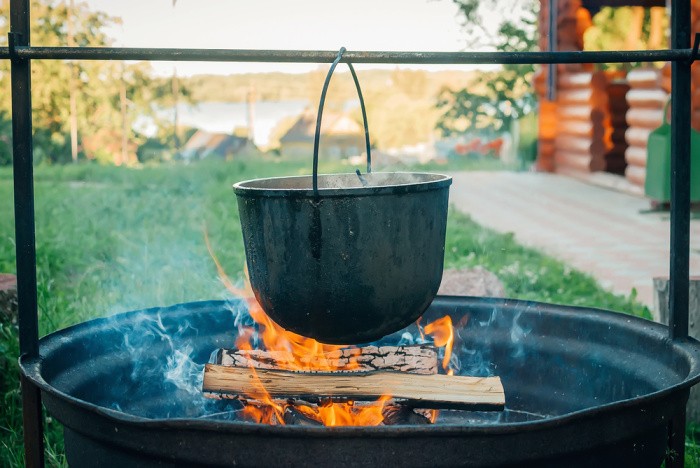


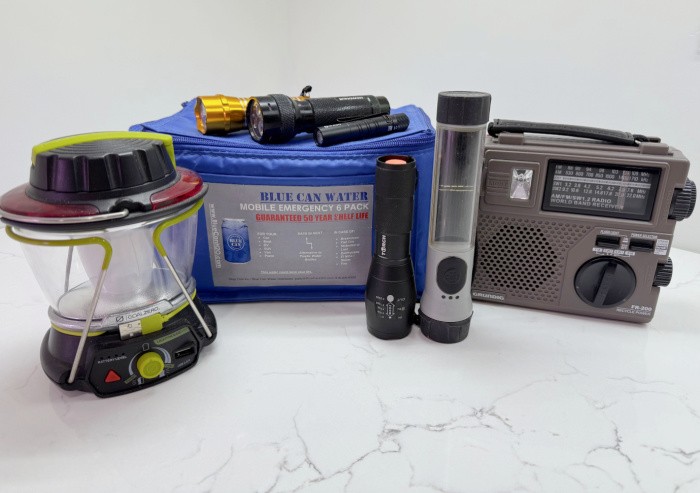
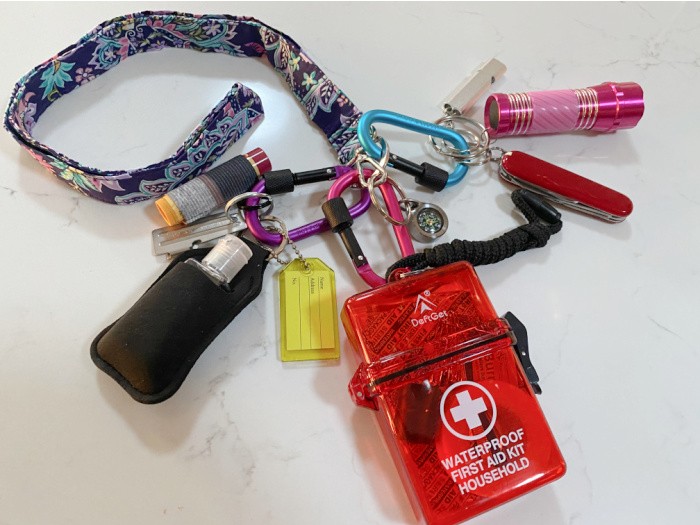










#12: “Replace stored water every six months if you’ve used bleach to treat the water.”
Just what is this part about tossing treated water where I’ve used bleach for this water treatment & I’ve been following you for at least a couple of years now. I’ve never seen you mention this. Treatment using bleach is ALL I’ve ever done in that time period. Are you serious?? I’m supposed to toss the 35+ gallons of bleach-treated water now & start all over????????????????
Hi Janet B, I have mentioned this in many posts, here is where I get my information (https://www.cdc.gov/healthywater/emergency/creating-storing-emergency-water-supply.html. I would not toss that water you can still filter it. I prefer not having to replace my water, I use it for my garden after 5 years. Linda
What do you mean by filter it?
Hi Janet B, this article should help you. https://www.foodstoragemoms.com/25-emergency-items-you-need/
So now, it looks like I need to purchase two of those Sawyer filter bottles for my hubby & I to use as we now slowly consume our large emergency water supply that has the bleach in it. And as we consume it, I can start replacing it with water that has been treated with the Water Preserver Concentrate in it, which I had recently purchased. Does that sound good?
Hi Janet B, or you can boil the water to drink to be on the safe side. The water I plan on using for hygiene or washing clothes I never replace even with the 5 year drops. Whatever works for you. Linda